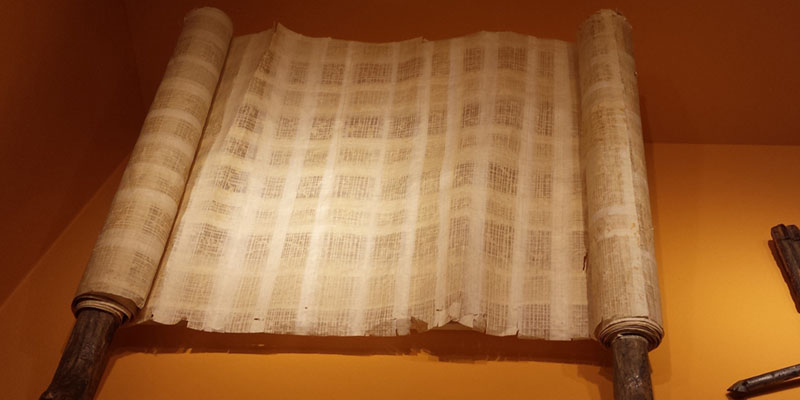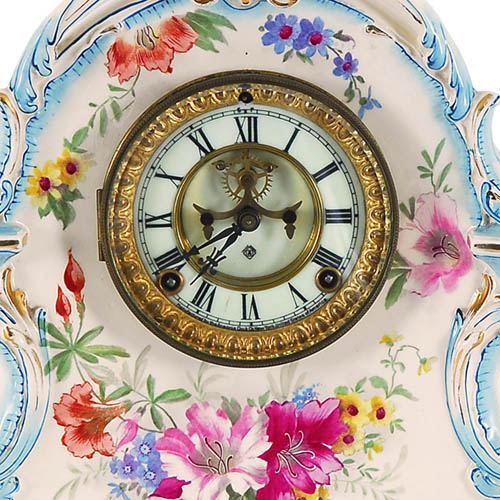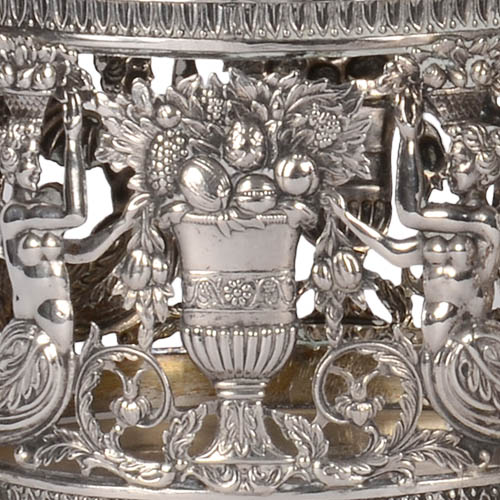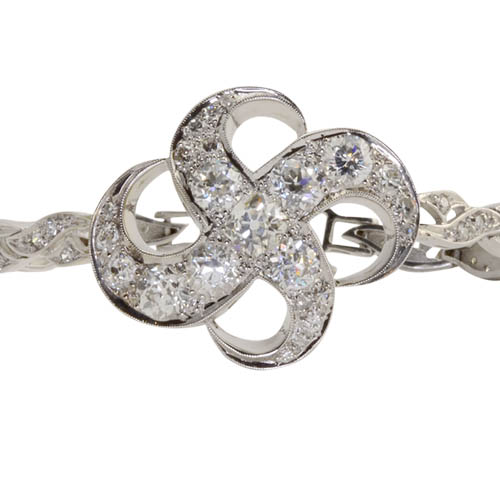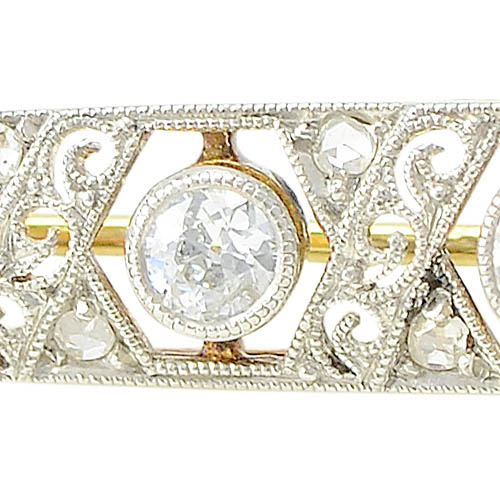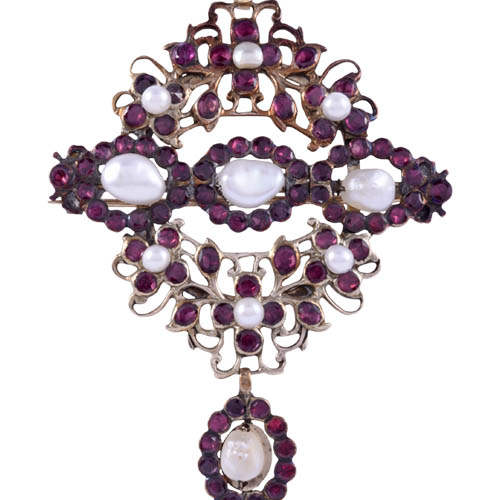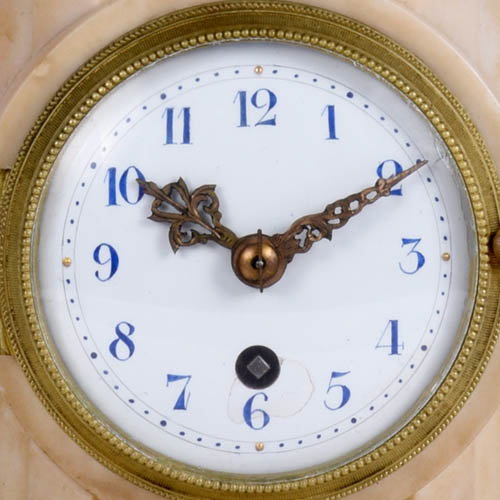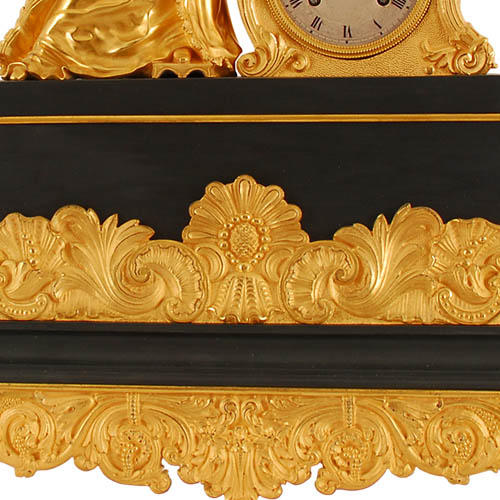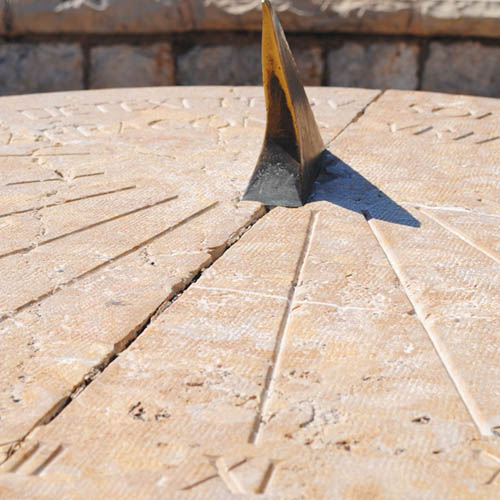The history of clockmaking in America defines the ambitions, inventive genius and entrepreneurial spirit of the colonies.
Learn about the different parts of the Georgian timeline of rule and see some beautiful examples of silver design during each period.
Actual gold nugget jewelry is quite rare. The fashion trend of nugget style flourished in the 1980’s flooding the market with “nugget” jewelry. Let’s take a look at the history of the Gold Rush in California.
The history of Art Deco jewelry shows that it began in the 1920’s, flourished in the 1930’s, and is still popular today.
History of Art Nouveau Jewelry
This design movement was in response to both the mass-produced jewelry of the Industrial Revolution and the ostentatious display of wealth that characterized much of the jewelry of the early 19th century and the Victorian age.
Edwardian jewelry was inspired by King Edward VII. His followers wanted to show their status in society by what they wore.
Marquetry is a labor intensive process that yields remarkably beautiful results. Below you will learn more about the history of marquetry.
Retro jewelry flourished in the 1940’s, characterized by its futuristic 3D designs and flowing curves. Let’s take a look at the history of Retro jewelry.
History of Victorian Style Jewelry
The Victorian Era is named for Queen Victoria (1819-1901) who ruled from 1837 until her death. She was a beloved monarch who was a huge influencer on all styles of the day.
The popularity of Old European cut diamonds is rising, especially for engagement rings.
Set up and Care for your Clock
Here are a few basic techniques for clock care that will help you enjoy every clock you own and maintain the reliable service for which our clocks are famous.
Something Old, Something New, Something Borrowed, and Something Blue
For centuries, brides have been following this wedding rhyme.
Ormolu is mentioned in many of our descriptions, including those of clocks and furniture. What does the term mean? What is the history of ormolu?
Time—a dauntingly difficult concept to define and the most elusive element of our Universe. Man has struggled to understand, control and manipulate time since the dawn of civilization.
Turning Back the Hands of Time
Around the beginning of November millions of Americans will adjust their clocks back an hour to signal the end of Daylight Saving Time.

